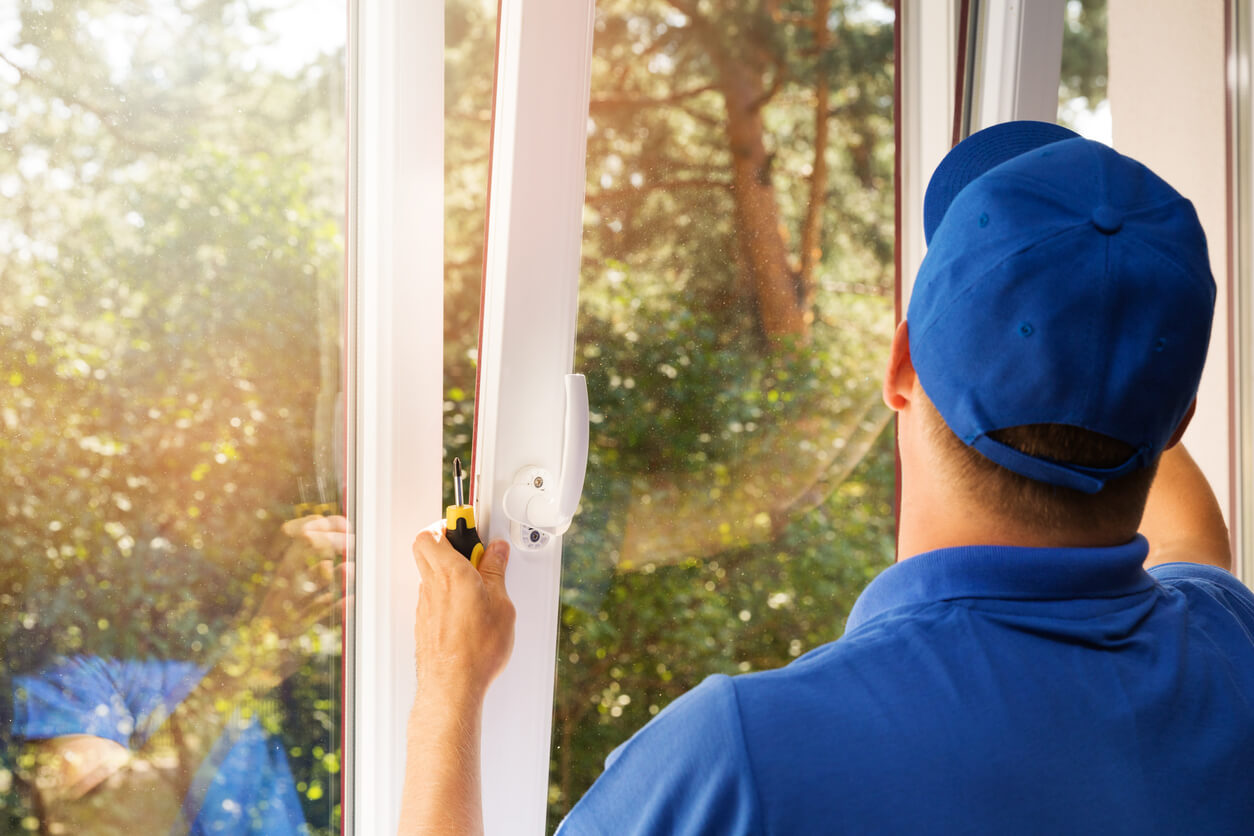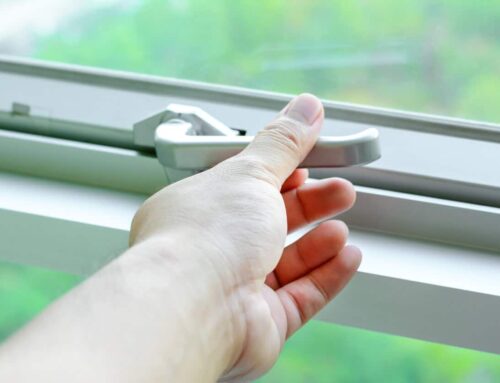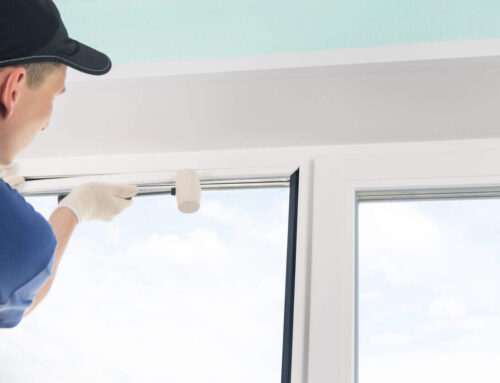
It seems like a lot to know, but thanks to the NFRC, everything you need to know about a window is listed right on the label. When looking for a reputable company, keep in mind these window rating numbers below and ask them to define them for you.
Contents
Contents
Window Ratings Explained
Here is what you need to understand about window ratings and what makes some windows more energy-efficient.
Solar Heat Gain Coefficient (SHGC)
Solar Heat Gain Coefficient (SHGC) measures how well a product blocks heat caused by sunlight. The SHGC is the fraction of incident solar radiation admitted through a window (both directly transmitted and absorbed) and subsequently released inward. SHGC is expressed as a number between 0 and 1. The lower a window’s solar heat gain coefficient, the less solar heat it transmits in the house.
Most solar heat gain comes through windows, glazed doors, and skylights. The best way to manage the amount of solar gain that enters your home is to block it before it enters. One way to accomplish this is to install replacement windows with a low Solar Heat Gain Coefficient rating.
What SHGC Ratings Mean
The National Fenestration Rating Council (NFRC) has created a standard method for rating the amount of solar heat gain admitted through a window. This standard allows for a uniform system for indicating the ability of a window or other glazed product to admit solar heat gain. SHGC is expressed as a number between 0 and 1. The lower the SHGC rating, the better the window’s ability to block the sun’s heat.
SHGC ratings express the performance rating for the entire window, not just the glass. Therefore the type of window, as well as the glass, can affect the SHGC rating. The ability of glass to block solar heat gain is very important in the overall SHGC rating.
There have been remarkable advances in the window manufacturing industry in the use of spectrally selective glass. This type of glass typically has a spectrally selective Low-E coating that blocks or re-radiates the sun’s energy, reducing solar heat gain through windows.
The NFRC Label
The National Fenestration Rating Council (NFRC) energy performance label can help you determine how well a product will perform the functions of helping to cool your home in the summer, warm your home in the winter, keep out wind, and resist condensation. By using the information contained on the label, builders and consumers can reliably compare one product with another and make informed decisions about the windows, doors, and skylights they buy.
NFRC adopted a new energy performance label in 2005. It lists the manufacturer, describes the product, provides a source for additional information, and includes ratings for one or more energy performance characteristics.
All energy performance values on the label represent the rating of windows/doors as whole systems (glazing and frame).
The information contained on the label is also available in the NFRC’s online Certified Products Directory.
U-Factor & R-Value
The difference between U-Factor and R-value is that U-Factor measures the rate of heat transfer (or loss) while R-value measures the resistance to heat loss (conductivity). A product with a higher conductivity will transfer heat quickly. U-Factor takes into consideration more than just conductivity. It also is affected by airflow around the window and the ability of its surface to absorb energy.
U-Factor measures how well a product prevents heat from escaping from your home. U-Factor ratings generally fall between 0.20 and 1.20. The lower the U-Factor, the better the product keeps heat in. This is particularly important during the winter months.
Visible Transmittance
Visible Transmittance (VT) measures how much light comes through a product. The visible transmittance is an optical property that indicates the amount of visible light transmitted. VT is expressed as a number between 0 and 1. The higher the VT, the more light is transmitted.
Air Leakage
Air Leakage (AL) is indicated by an air leakage rating expressed as the equivalent cubic feet of air passing through a square foot of window area. Heat loss and gain occur by infiltration through cracks in the window assembly. The lower the AL, the less air will pass through cracks in the window assembly.
Condensation Resistance
Condensation Resistance (CR) measures the ability of a product to resist the formation of condensation on the interior surface of that product. The higher the CR rating, the better the product resists condensation formation. While this rating cannot predict condensation, it can provide a credible method of comparing the potential of various products for condensation formation. CR is expressed as a number between 0 and 100.






